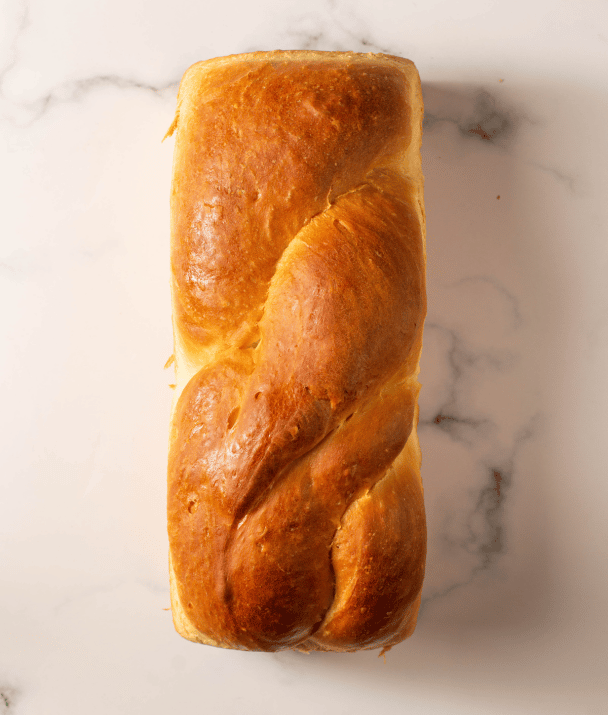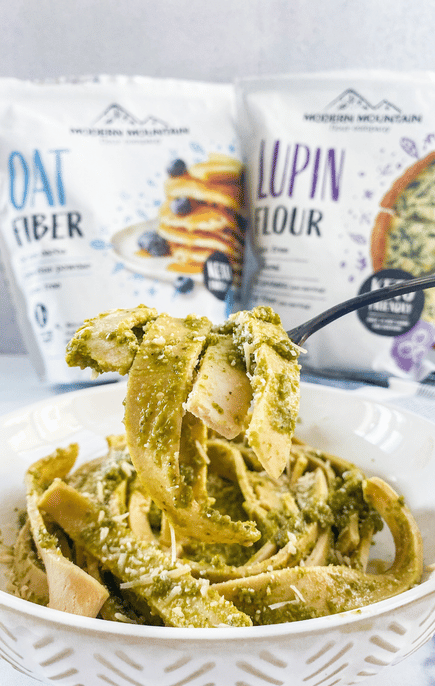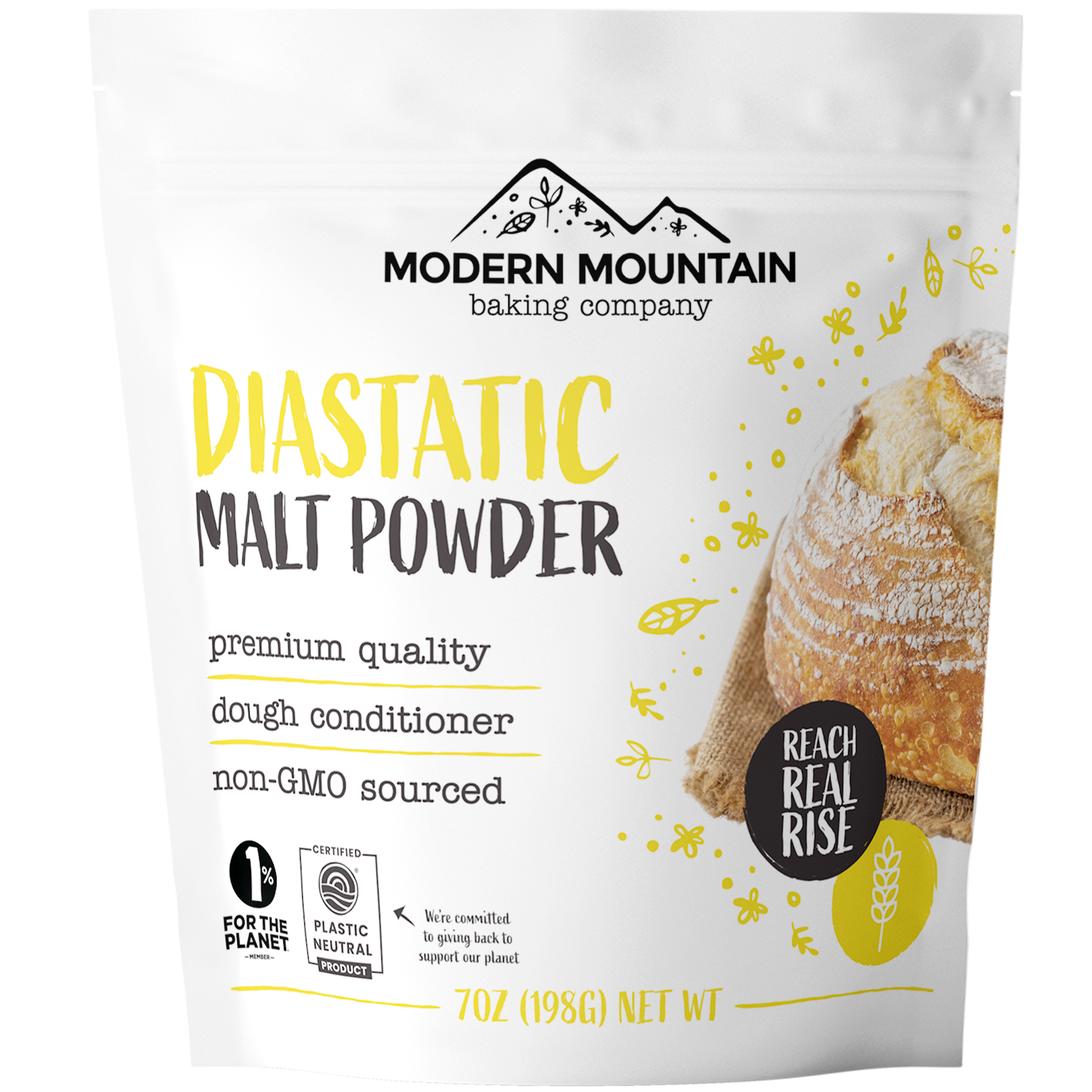

Enhanced Fermentation

Perfect Golden Crust

Professional Bakery Results

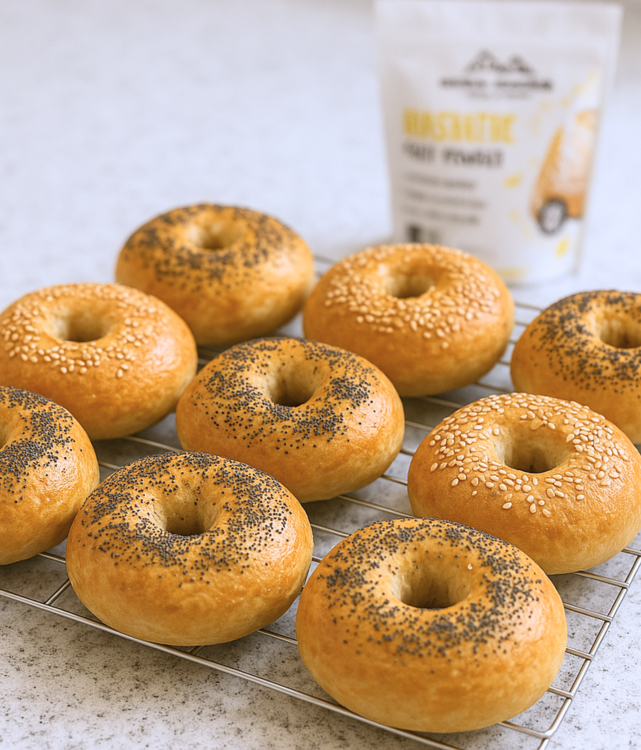
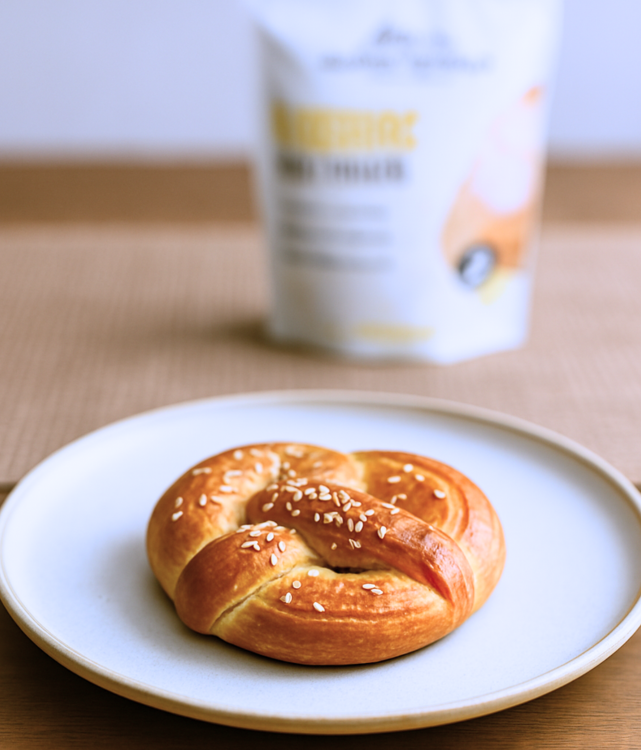
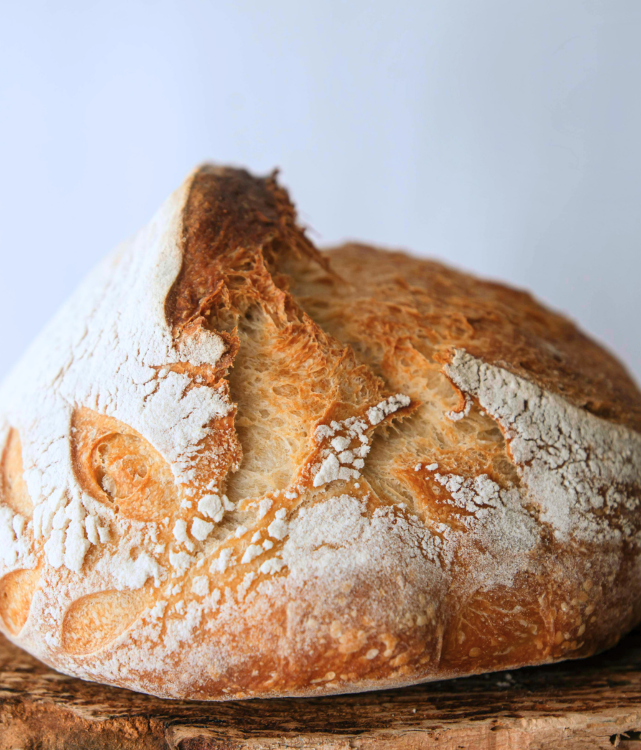


Enhanced Fermentation

Perfect Golden Crust

Professional Bakery Results




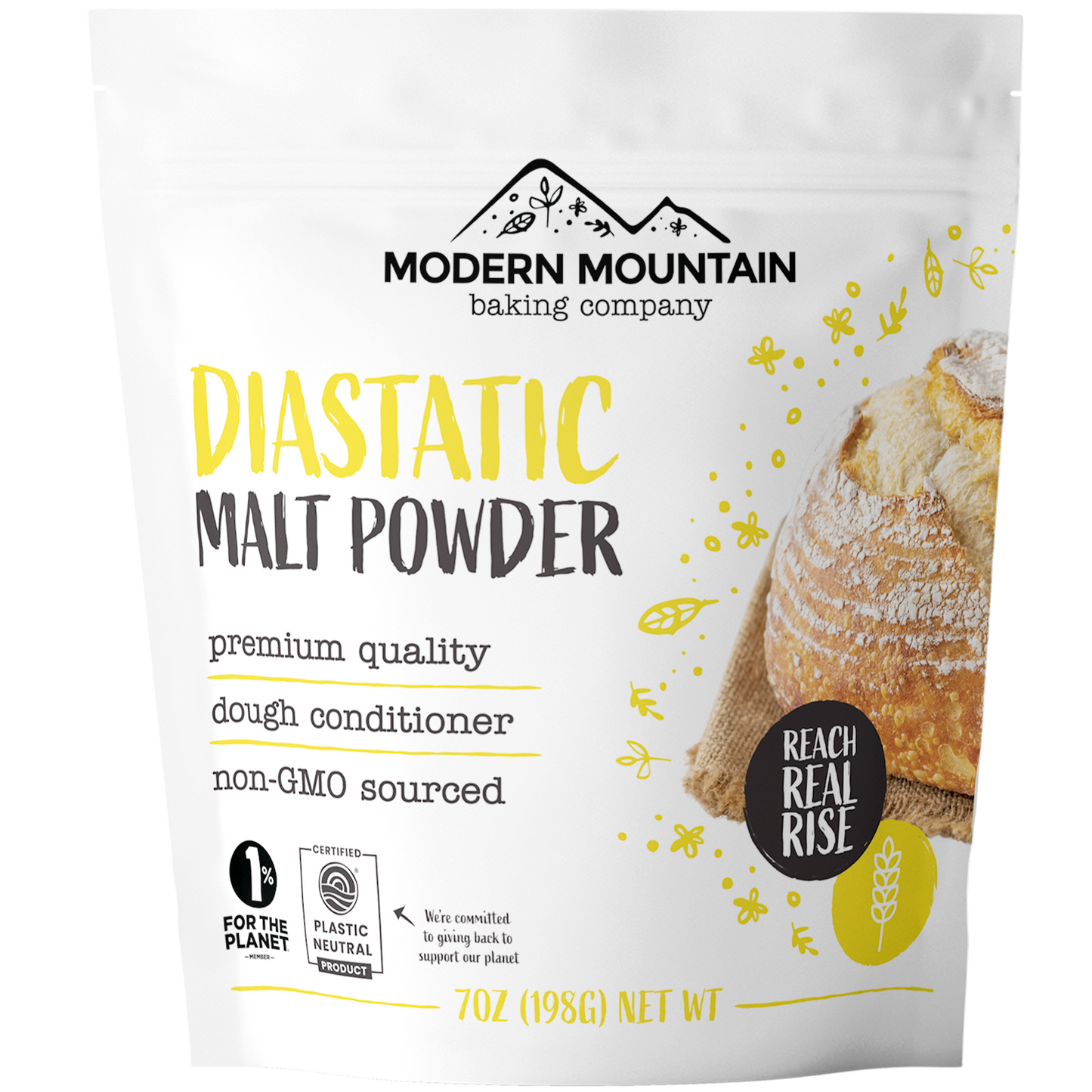

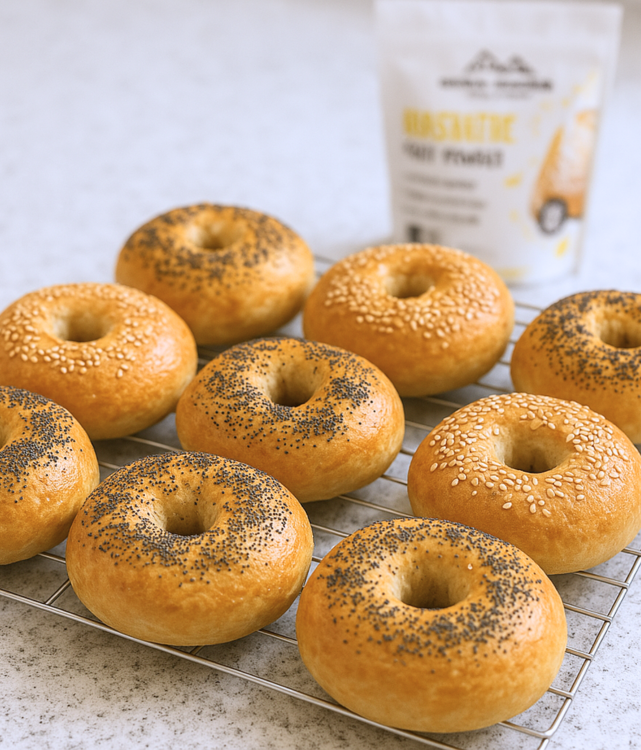
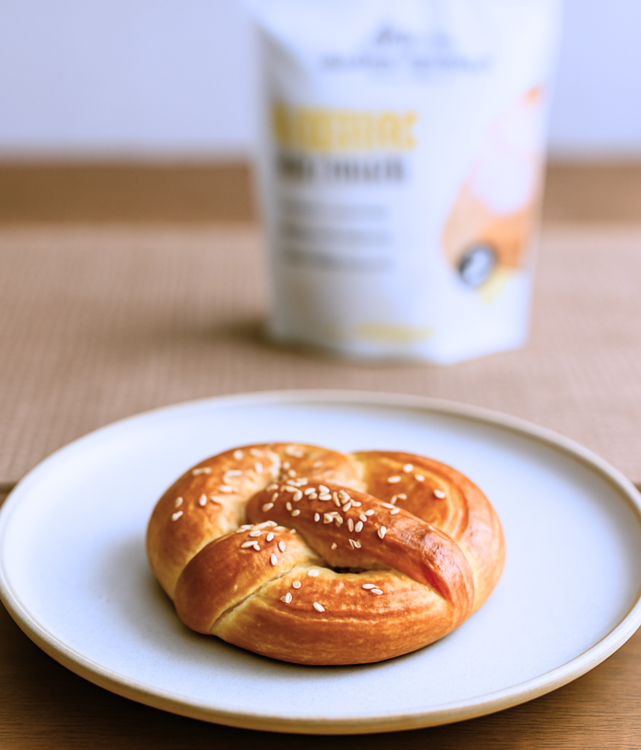
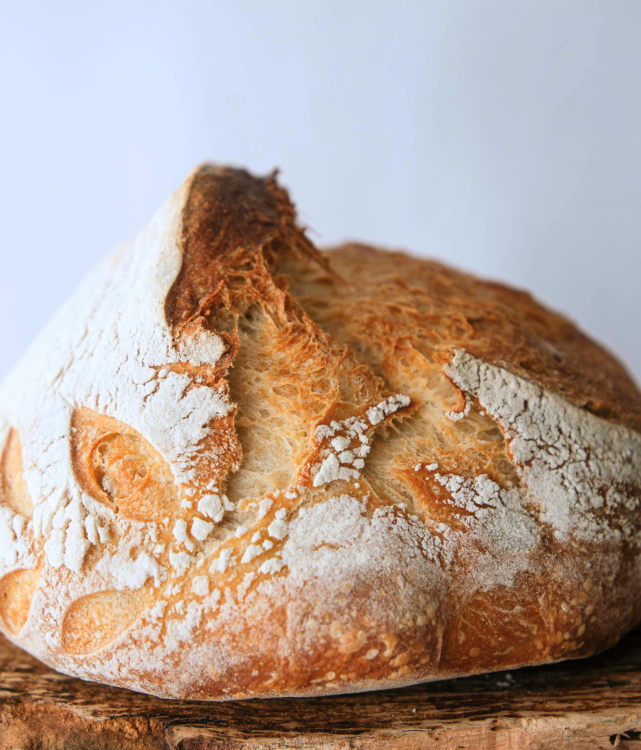
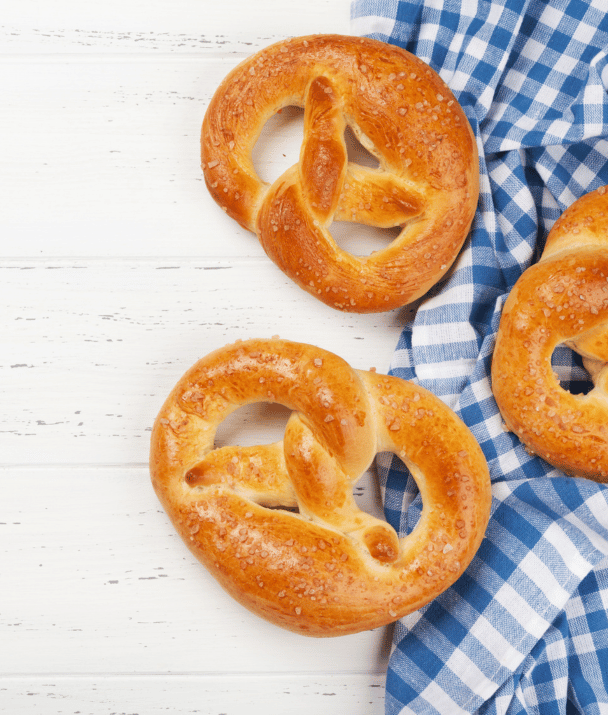

Nutrition Facts
About 64 servings per container
Serving size 1 tsp (3g)
Calories 10
Amount/Serving
% Daily Value*
Total Fat 0g
0%
Saturated Fat 0g
0%
Trans Fat 0g
Cholesterol 0mg
0%
Sodium 0mg
0%
Total Carbohydrate 3g
1%
Dietary Fiber <1g
2%
Total Sugars 0g
Includes 0g Added Sugars
0%
Protein 0g
Vitamin D 0mcg 0%
Calcium 0mg 0%
Iron 0.2mg 0%
Potassium 10mg 0%
What they're saying about us
Got Questions?
We’ve got Answers
1.
What exactly is diastatic malt powder and how does it work?
Diastatic malt powder is a special flour made from sprouted barley that contains active enzymes (amylase). These enzymes break down starches into sugars that yeast can more readily consume, enhancing fermentation. The result? Better rise, improved texture, and that coveted golden-brown crust on your breads and pizza crusts. It's the professional baker's not-so-secret weapon for next-level breads.
2.
What's the Lintner value of your diastatic malt powder?
Our diastatic malt powder has a strength of 80° Lintner, providing the optimal enzymatic activity for home baking. This carefully calibrated strength gives you the perfect boost for your breads without the risk of over-activity that can lead to sticky dough or collapsed loaves—a common problem with higher Lintner powders.
3.
How much diastatic malt powder should I use in my bread recipes?
A little goes a long way! For most bread recipes, we recommend using just 1/2 to 1 teaspoon per 3 cups of flour (or about 0.5-1% of total flour weight). Using too much can result in overly sticky dough, so start conservatively. For longer fermentation recipes like sourdough, you might use even less as the natural fermentation has more time to develop sugars.
4.
Is your diastatic malt powder gluten-free?
No, our diastatic malt powder is derived from barley, which contains gluten. Since the active enzymes in diastatic malt powder specifically work on gluten development, a gluten-free version would not provide the same benefits.
5.
How should I store diastatic malt powder to maintain its enzymatic activity?
Store your diastatic malt powder in an airtight container in a cool, dark place. For longer-term storage, keep it in the refrigerator or freezer to preserve the enzyme activity. The enzymes can degrade with exposure to heat and moisture, so proper storage is essential for maintaining its effectiveness. When stored properly, it maintains its potency for 12 months or more.
